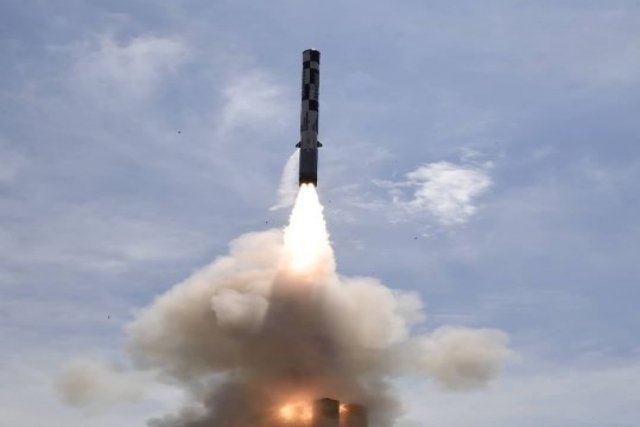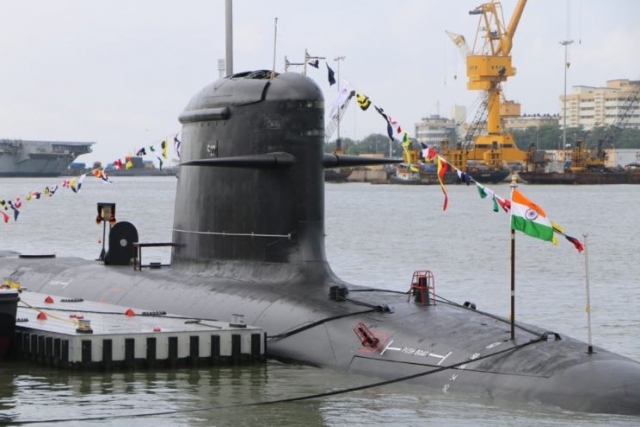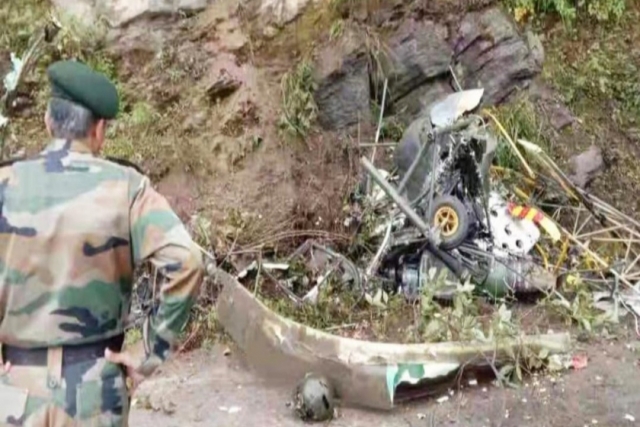Safran's LUH Helicopter Engine Certification by Year-end
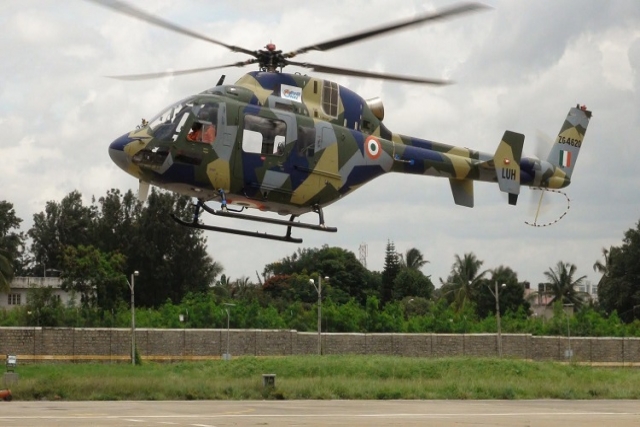
Safran expects certification of the Ardiden 1U turboshaft engine, for India’s HAL Light Utility helicopter (LUH) by the year end.
The French engine manufacturer is also bullish about the Russian-Indian KA-226T helicopter project’s progress, in which Safran’s Arrius 2G1 engine has been selected as the preferred power source.
“We plan to get the Ardiden 1U engine of the LUH certified by the end of the year,” said Franck Saudo, CEO of Safran Helicopter Engines, during an interview with La Tribune.
The Ardiden 1U engine certification was planned for 2018.
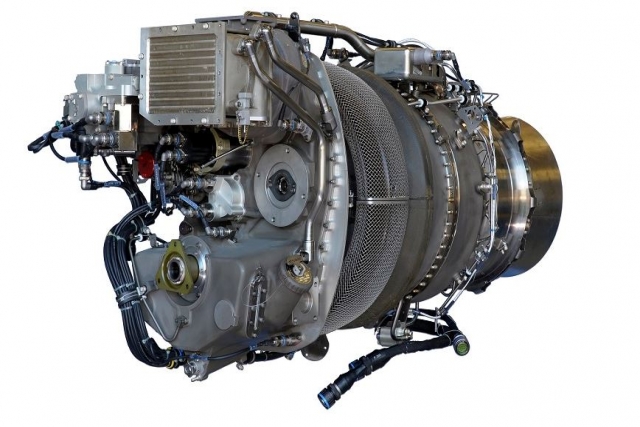
Specifically designed to power single-engine rotorcraft, the 1U is a derivative of the Ardiden 1H1 1,400 shp engine. Certified by EASA in 2009, the 1H1 was co-developed by Safran and India's state-run Hindustan Aeronautics Limited (HAL). Its first flight powering the LUH, took place on 6 September 2016 in Bangalore.
The engine is now in production under the “Shakti” designation. It powers HAL’s Dhruv and Light Combat Helicopter. Over 250 units of the engine are currently in service.
Ardiden 1U compact architecture features a gas generator made up of two centrifugal compressor stages, coupled to a single-stage high-pressure turbine and a two-stage power turbine.
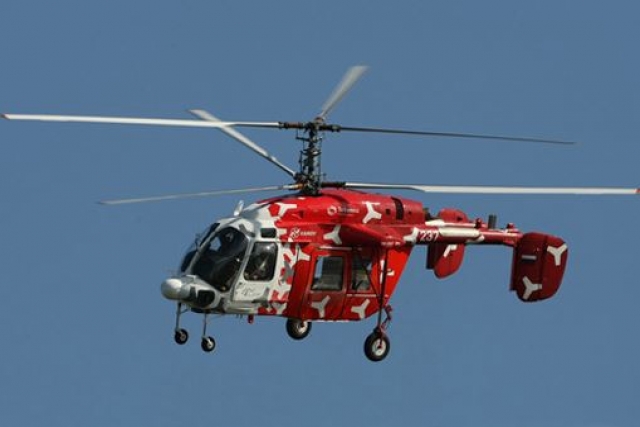
Aside of LUH engines, the company is looking to get three other engines certified by the end of 2019- the Arrano for Airbus H160, the Aneto for the AW189K Leonardo Helicopters, and the WZ16 for the Avicopter AC352, which is the Chinese version of the Airbus H175 chopper.
India’s LUH rotorcraft was developed by HAL to replace the country’s ageing fleet of Cheetah and Chetak helicopters. It possesses a cruise speed of 235 km/h, maximum speed of 260 km/h, service ceiling of up to 6.5 km, a range of 350 km, a maximum take-off weight of 3.12 tonnes and an empty weight of 1.91 tonnes. It is meant to undertake various missions including emergency medical services (EMS), troop transport, utility, search and rescue (S&R), VVIP, aerial reconnaissance and surveillance missions.
